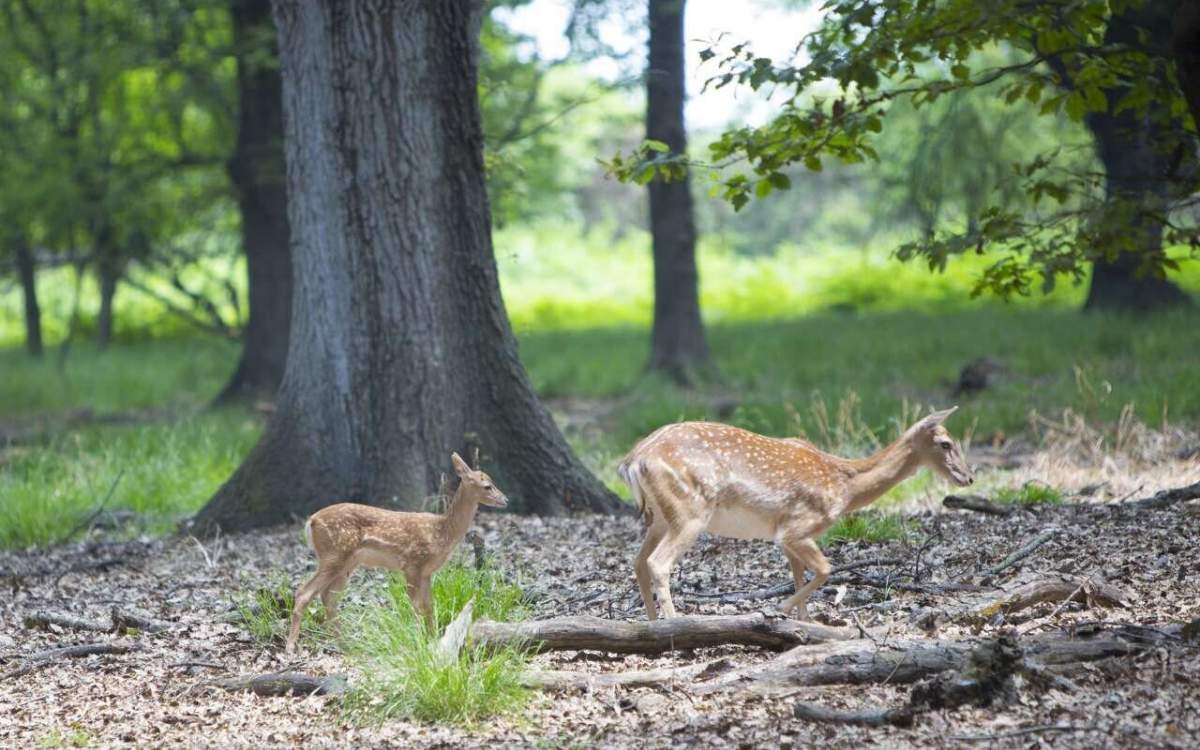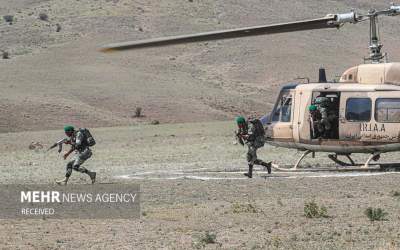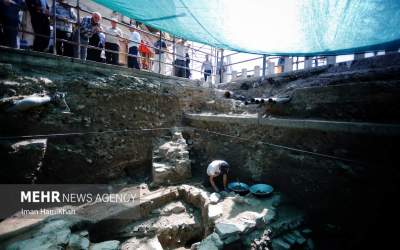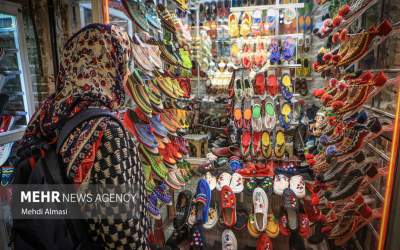The Iran Project
: A Persian yellow deer was born in Dez National Park, southwestern Khuzestan province; it is the first yellow deer born in its natural habitat, not in captivity.
Thursday 23 May 2024 - 18:16
Story Code : 422063
Source : Tehran Times
First yellow deer born in natural habitat
A few days ago, camera traps happened to record a female deer with her calf, which is estimated to be three months old, indicating that the yellow deer was born during their natural breeding season, February-March.
The yellow deer birth has raised hopes for the revival of this unique animal species in its natural habitat.
The birth proves the success of the policies of the Department of Environment (DOE) in reviving the yellow deer in its original habitat, the forests of Dez National Park.
Almost half a century ago, it was thought that the yellow deer species was extinct in the world. However, about 50 years ago, four yellow deer were observed in Dez and Karkheh forests. They were released in different regions of Iran for better reproduction.
According to the International Union for Conservation of Nature (IUCN) Red List, the Iranian yellow deer is categorized as an endangered species.
On April 1, a Persian yellow deer was born in the Arsanjan breeding site, in southern Fars province, the first of this species born since the beginning of the current Iranian calendar year (March 19).
This 300-hectare site was launched in the Iranian calendar year 1390 (March 2011-March 2012) with seven yellow deer, Rokna news agency quoted Hassan Ebrahimi, an official with the Department of Environment as saying.
The number of yellow deer has now reached 118, including live-caught deer and those transferred to neighboring provinces, 95 yellow deer were identified in the region, showing an increase of 30 percent year on year, IRNA reported.
Creating a safe and comfortable breeding environment is a key factor for boosting the deer population in the center, Ebrahimi said.
“The center is known as one of the successful breeding sites in the country,” he added.
According to Ebrahimi, ongoing monitoring of the region, providing security, ensuring timely feeding, and implementing optimal management practices are the most important indicators for the successful growth of this valuable species in this part of the country.
The 30 percent increase in the growth of this valuable species last year indicates that all the biological conditions have been met, and some 25 new deer calves are expected to be added to the current population this year.
Reporter : Editorial of The Iran Project
# Tags











